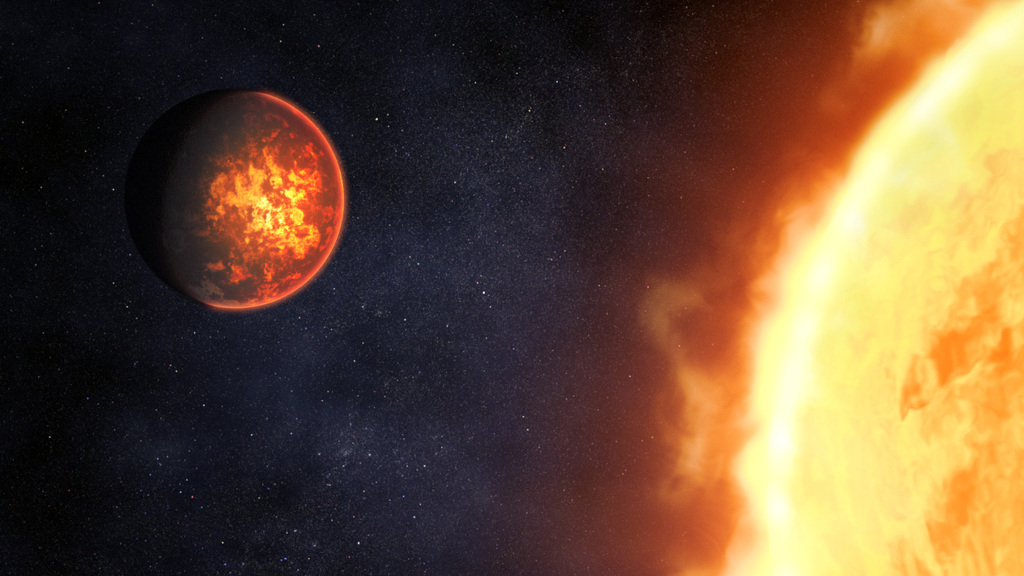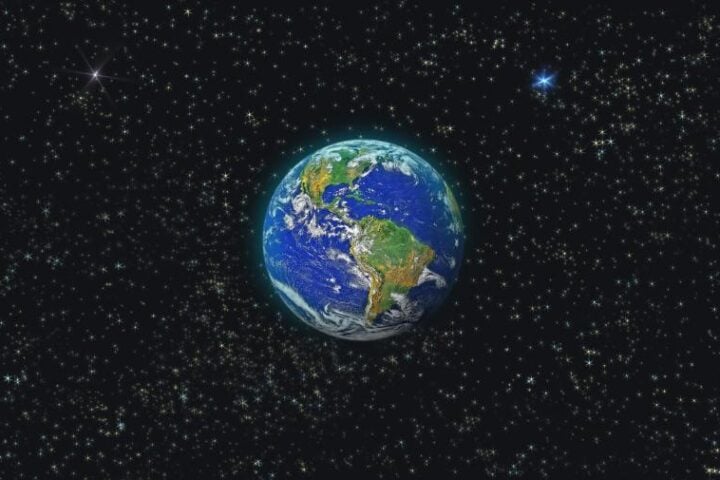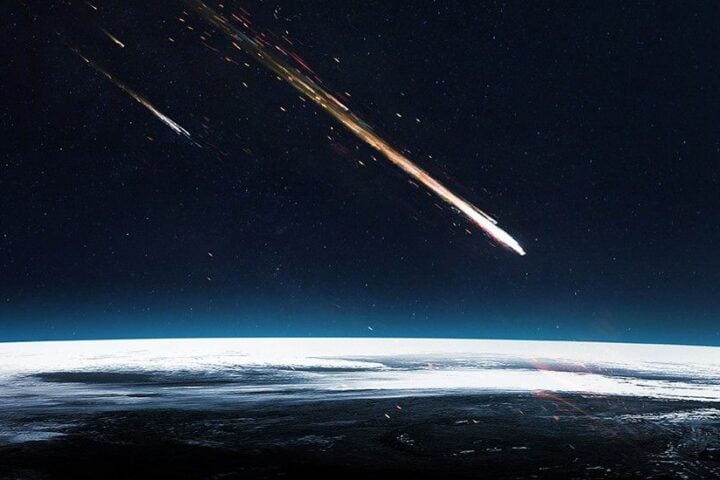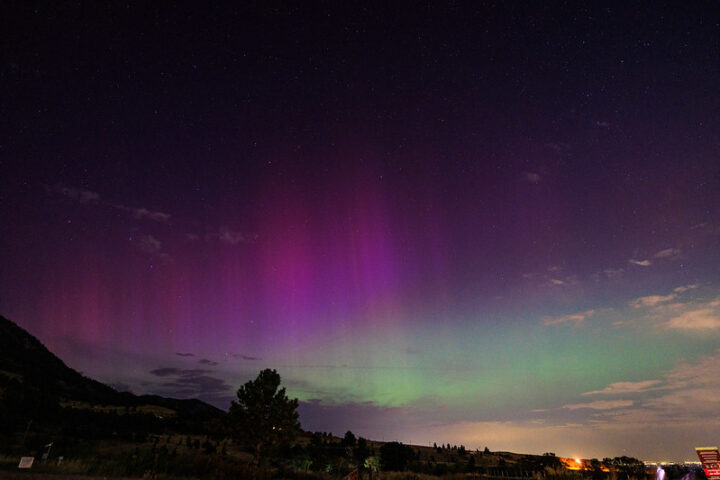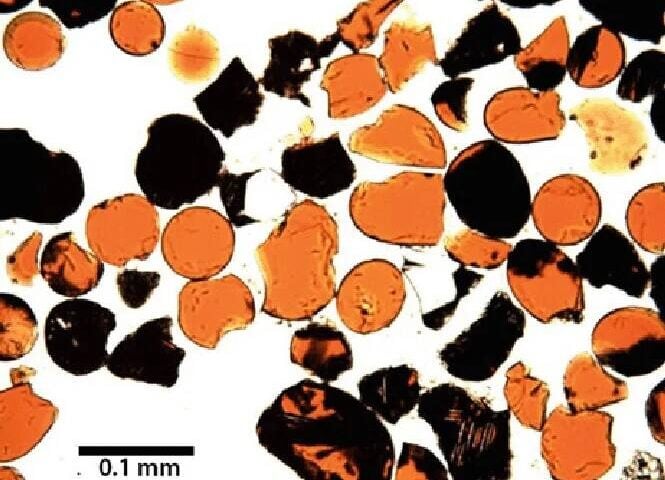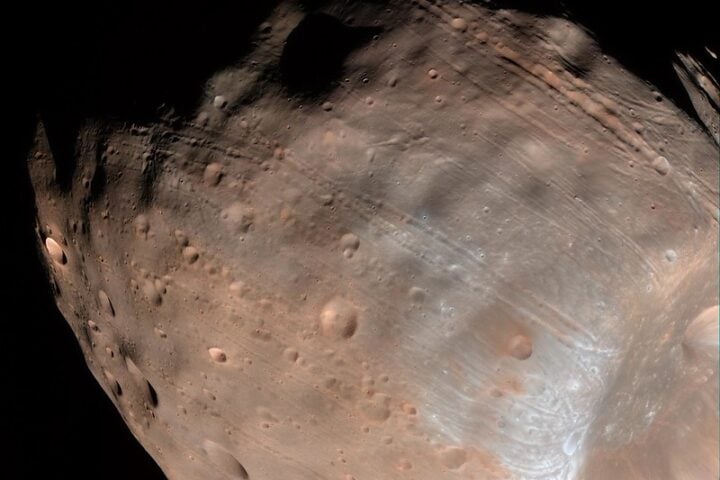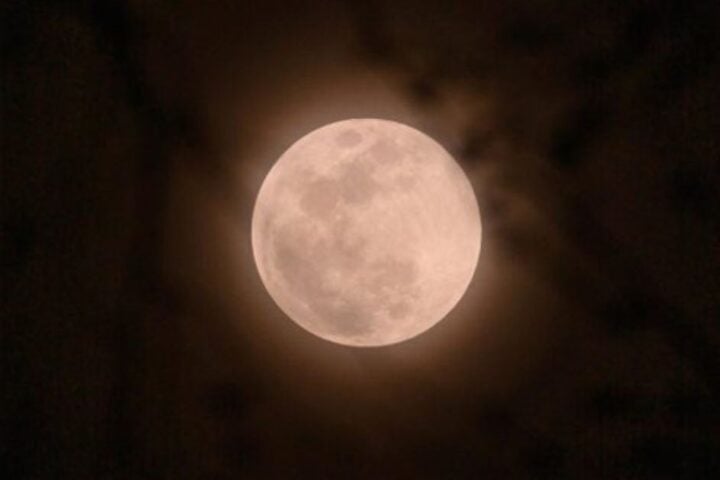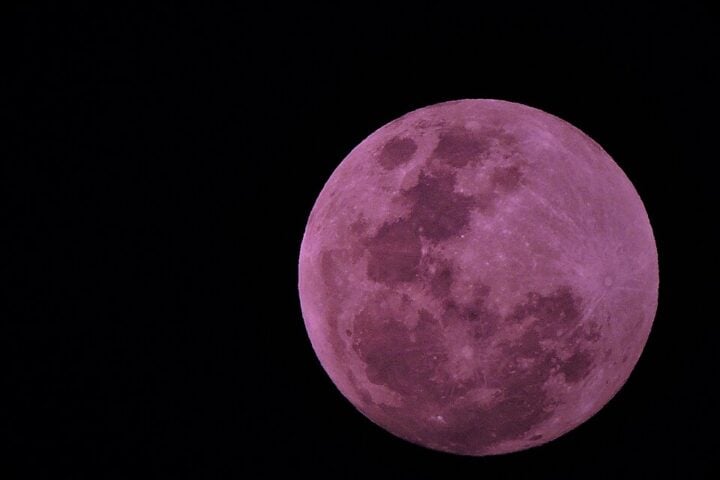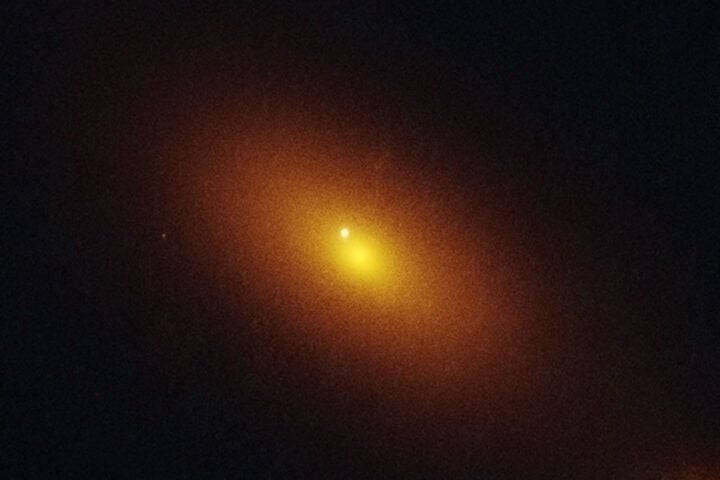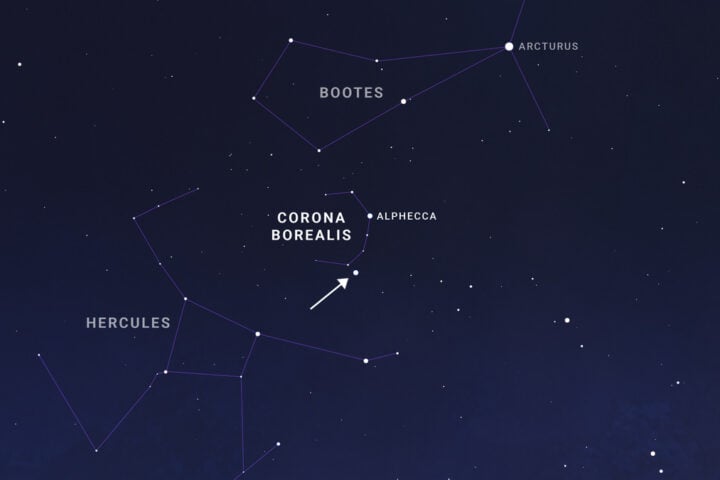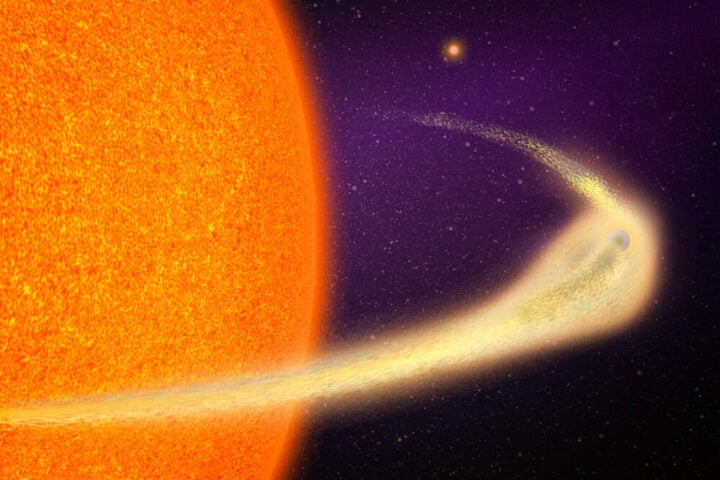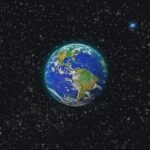NASA has confirmed 5,573 planets outside the solar system distributed across 4,151 external systems. Of all the rocky bodies, only one officially has an atmosphere, although it is far from being considered “habitable.” Observations of the exoplanet ’55 Cancri e’ made by the James Webb Space Telescope (JWST) have finally led to the confirmation of its atmosphere, according to a recent article published in the journal Nature.
A planet has an atmosphere when it is surrounded by a layer of gases. On Earth, this thick layer is composed mainly of nitrogen, oxygen, water vapor, carbon dioxide, and other gases. Thanks to this composition, living beings can breathe, the surface temperature is regulated, and climate exists.
An atmosphere is not synonymous with life. Other planets within the solar system also have atmospheres, but are sterile, such as Mars and Venus. However, for astrobiologists, the layer of gases that envelops a rocky body is a fundamental indicator of habitability. The JWST has studied various exoplanets in search of chemical signals that suggest the presence of an atmosphere. So far, only ‘55 Cancri e‘ has provided convincing evidence of having such a feature.
’55 Cancri e’ is considered a super-Earth because it is eight times more massive than Earth, although it is smaller than Neptune. The body orbits very close to a Sun-like star, in a system located 38.78 light-years away, in the direction of the constellation Cancer. Because its parent star is visible from Earth and easy to locate, the exoplanet is one of the most studied of its kind by astronomers.
Since its discovery in 2004, ’55 Cancri e’ has been the subject of different interpretations regarding its nature. Depending on the time and technology available, it has been considered a gaseous body similar to Jupiter, a rock with a third of its mass formed by diamonds, and even an oceanic world.
Currently, the most accepted image of ’55 Cancri e’ is that of a “hellish super-Earth.” Its surface should be covered by an ocean of magma, drowned under a layer of gases, without any trace of a habitable surface. The distance from its star, which is 1/65th of the separation between the Earth and the Sun, ensures a temperature beyond habitable. However, for years, it has shown ambiguous signs of “clouds,” without the scientific community reaching a consensus on this.
Similar Posts
The data collected by the JWST and the work of an international team of scientists led by Renyu Hu finally determined the nature of its atmosphere. Initially, it was believed that these gases were simply vaporized rock. However, a review of the planet’s thermal emission spectrum, obtained with the telescope’s infrared instruments, revealed that its clouds likely contain carbon dioxide or carbon monoxide. Although its atmosphere could have even more gases, further studies will be needed to confirm this.
Researchers are particularly interested in the atmosphere of this exoplanet because Earth itself was, at one point, a world full of magma oceans. Analyzing the behavior of the gas layer can help understand the early stages in the formation of bodies in the solar system. Studies of habitable exoplanets do not seek signs of life or new worlds to which humans might travel, but only to understand the evolution of Earth over its 4.5 billion years of history.
“I’ve worked on this planet for more than a decade,” says Diana Dragomir, an exoplanet researcher at the University of New Mexico in the USA and co-author of the study. It’s been really frustrating that none of the observations we’ve been getting have robustly solved these mysteries. I am thrilled that we’re finally getting some answers,” says Dragomir. Yet, the research is likely far from over.
Despite the gaseous envelope, the exoplanet about 41 light-years away does not offer conditions under which life could develop. Nonetheless, the results could be a starting point for future studies that explore how planets in otherwise inhospitable environments can form and maintain habitable conditions. ““Ultimately, we want to understand what conditions make it possible for a rocky planet to sustain a gas-rich atmosphere: a key ingredient for a habitable planet,” says Hu.
